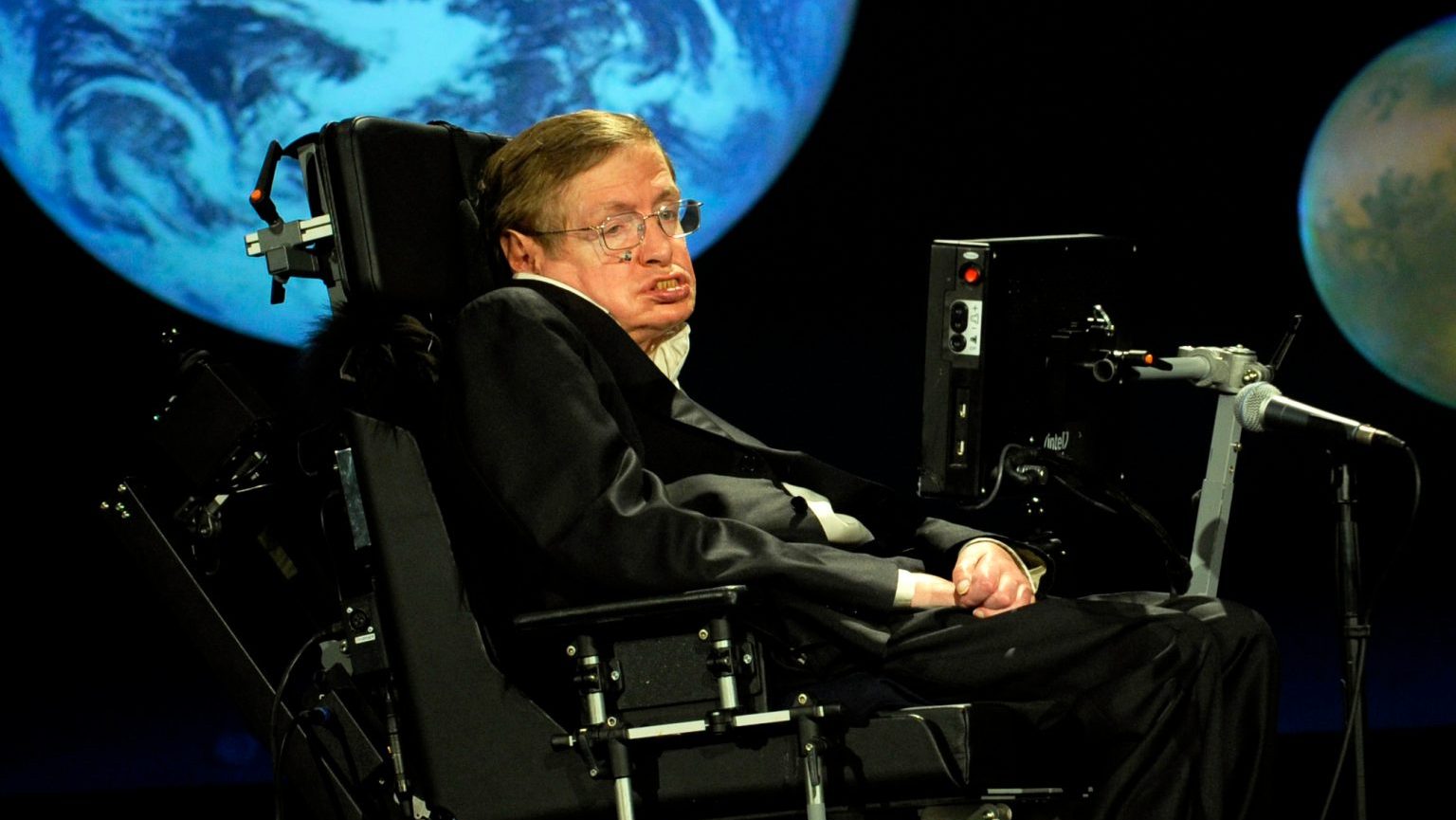The new film does not, as the director has claimed, portray “original” burlesque. It should just be called “Nightclub,” says the burlesque scholar.
Dr. Lucky: I am Dr. Lucky, the world's premier PhDD. I'm glad to be here on Big Think, thinking big.
Hollywood, and especially Hollywood musicals, especially these large-scale Hollywood musicals, sort of bastardizes the thing that they are sort of celebrating at the same time. So calling the movie “Burlesque” is one thing, but claiming that your movie is original burlesque is another. I didn’t have a problem with the film until I read this recent L.A. Times article that talked a little bit about the film and the resurgence and the scene in L.A. And he was like: "No, this is original burlesque. And you know, people just don’t know what it is and I want to take it back to what it was.” And I was like, well, then you should stage a, you know, parody of a classical text is what you should do. Because what he’s doing is a very, very particular subset of an entire history of burlesque.
Most scholars identify the beginnings of American burlesque in 1868, when Lydia Thompson and the British Blondes came over from England. Obviously, burlesque had existed before that as a, you know, a subset of literary parody that inverts form and content. in 1868, the concept of burlesque was not about taking off, but was about sort of putting on these layers of meaning. And back then, burlesque was all about parody, social parody; it was about inverting the content of what was being produced. So usually they were classic plays that people had access to, that they knew about and they would make fun of them. Sort of like "Saturday Night Live" or Weird Al Yankovic, or something like that would be a contemporary equivalent.
So, once that came over and they became hugely popular, it merged with something that existed before in America, which was called “feminine spectacles.” And this was something that became popular, sort of in the 1850’s with things like the popularization of the ballet. So once those things melded, then that’s when we got this understanding of burlesque as both a literary concept and also what I call, like a performative, or a performance genre. So burlesque became what they called “the leg show.”
Often when we think of burlesque, we think about striptease and in fact, in burlesque history, it’s more of a recent invention, It’s working class, it’s underground, it’s not going to be found at you know, Lincoln Center after the Opera or the Ballet or whatever. It’s not what its sensibility has been about historically. And I think that that is something that is changing as people try to take the word "burlesque" and class it up.
So if he was just calling this film “Burlesque” and doing, “Well this is my version of it. You know, this is just one little aspect of it.” I would be, you know, two thumbs up. But the fact that he’s saying, this is original burlesque, and I’m not going to have any g-strings or pasties like they do in neo-burlesque because it’s tawdry, then my thumbs go down because it just sort of seems like picking and choosing what you want. And he was like: "Burlesque is pastiche." Yes, to some degree, but there is a vocabulary, there is a history. There is an entire cultural movement going on that sort of is just being pushed away as tawdry. And it’s like, but that’s what it is. So, what are you doing? I don’t get it.
Recorded November 5, 2010
Interviewed by Max Miller
Directed / Produced by Jonathan Fowler





